
Will Luna Classic Reach $1 - Complete Analysis

Click here to buy Cryptocurrencies from Gate.io
Contact us at promo@tokenmetrics.com for marketing and sponsorship programs.
The cryptocurrency market has always been known for its volatility and unpredictable nature. One such coin that has experienced extreme highs and lows is Luna Classic (LUNC), the legacy token of the Terra ecosystem.
From reaching nearly $120 in April 2022 to plummeting well below $1 within a month, the journey of Luna Classic has been nothing short of a rollercoaster ride.
The sudden collapse of the Terra ecosystem triggered this drastic shift, leaving many investors wondering if Luna Classic will ever make a comeback and reach the coveted $1 mark.
In this comprehensive analysis, we will delve into the history, challenges, and future prospects of Luna Classic to determine if it has the potential to reach $1.
By examining market trends, technological developments, and wider economic influences, we aim to provide insights into the future price prediction of Luna Classic for 2023, 2025, and beyond.
Terra Luna Classic (LUNC) Overview
Luna Classic (LUNC) is the original token of the Terra LUNA blockchain, which emerged after the collapse of UST/Luna and the subsequent establishment of a new Terra chain.
The founder of Terra, Do Kwon, devised a recovery strategy that involved creating a new chain for future transactions. As a result, the original chain was divided into the Luna Classic and Terra chains. Luna Classic (LUNC) represents the native token of the original Terra LUNA blockchain.
The term "classic" in Luna Classic likely draws inspiration from the Ethereum and Ethereum Classic hard fork that occurred following the DAO breach in Ethereum back in 2017.
This parallel is used to frame the UST crash as "Terra's DAO hack moment," as expressed by Kwon.
The Terra protocol was originally developed by Terraform Labs in April 2019. It aimed to create a platform for stablecoin developers to build decentralized finance (DeFi) projects.
The project introduced two primary cryptocurrencies: Terra and LUNA. Terra served as the standard stablecoin pegged to fiat currencies, such as TerraUSD (UST) linked to the US dollar and TerraKRW (KRT) tied to the South Korean won.
LUNA, on the other hand, functioned as the network's staking and governance asset. Users could stake LUNA to participate in governance, become validators, and earn rewards.
Additionally, users had the ability to burn LUNA to mint Terra's UST token or a token linked to their local fiat currency. It's important to note that while these stablecoins were pegged to fiat values, they were not backed by fiat reserves.
Instead, LUNA served as an algorithmic stablecoin, relying on predefined rules to maintain its value. However, in May 2022, the UST stablecoin lost its peg to the US dollar, leading to a collapse of the entire Terra ecosystem.

The hyperinflation of LUNA tokens ensued as users converted their UST holdings to LUNA using the system's built-in mechanism. Consequently, the supply of LUNC skyrocketed, and its value plummeted to near worthlessness.
The Road to Recovery - Luna Classic's Prospects
Despite the significant setback, the Terra ecosystem is not without hope. Luna Classic's potential for recovery depends on several key factors, including the success of the burn program, the support of its vibrant community, and the pace of protocol development.
Luna Classic continues to operate under the name Terra Classic, with its token rebranded as LUNC.
One of the standout features of Luna Classic is its lively community, which remains one of the most vibrant in the crypto sphere. This community-led resilience raises an important question: can Luna Classic make a comeback and reach the $1 mark?
To answer this question, we need to consider the current challenges and future prospects of Luna Classic, as well as the broader market trends and technological advancements that may impact its price trajectory.
Challenges and Potential Solutions
Luna Classic faces several challenges on its path to potential recovery and reaching $1. One of the primary issues is the hyperinflation of LUNC tokens, which resulted from the collapse of the Terra ecosystem and the subsequent conversion of UST to LUNA.
The massive supply of LUNC has contributed to its lackluster performance and poses a hurdle to achieving a higher valuation. To tackle this challenge, the Luna Classic community has initiated a burn program aimed at reducing the supply of LUNC tokens.
This program involves burning LUNC transaction fees, effectively removing tokens from circulation and increasing scarcity. Binance, the world's largest crypto exchange, has also joined forces with the Luna Classic community to implement a burn mechanism that destroys tokens equivalent to the fees collected from trading LUNC.
While the burn program shows promise, its impact on reducing the supply of LUNC tokens has been relatively small thus far. Despite efforts to decrease the circulating supply, there are still trillions of LUNC tokens in circulation.
The burn rate needs to be significantly higher to have a measurable impact on the tokens' hyperinflated supply and potentially drive up the price.
Click here to buy Cryptocurrencies from Gate.io
Will Luna Classic Reach $1 - Price Analysis
Contact us at promo@tokenmetrics.com for marketing and sponsorship programs.
Predicting the future price of Luna Classic is a challenging task, given the volatility and uncertainty of the crypto market. However, various predictions have been made regarding the potential price of Luna Classic in the coming years.
According to some analysts, the maximum price LUNC could reach is projected to be around $0.000135 in 2023, $0.000304 in 2025, and $0.000739 in 2030.
These projections are based on current market trends and the assumption that the burn program and community support continue to drive the token's potential recovery.
It's important to note that these price predictions are speculative and subject to change based on a wide range of factors, including market conditions, regulatory developments, and technological advancements. The crypto market is highly unpredictable, and investors should exercise caution when making investment decisions.
Community Resilience
One of the crucial factors that could contribute to the potential recovery of Luna Classic is the resilience and dedication of its community. Despite the challenges and setbacks, the Luna Classic community remains actively engaged and passionate about the coin's future.
Community members have been vocal advocates for Luna Classic, promoting its potential and actively participating in initiatives such as the burn program.
This level of community support and involvement can have a significant impact on the success of a cryptocurrency. A strong and vibrant community can drive adoption, increase liquidity, and attract new investors to the coin.
Future Developments and Technological Advancements
The future of Luna Classic hinges not only on community support but also on the pace of protocol development and technological advancements within the Terra ecosystem.
The team behind Luna Classic is continuously working on improving the protocol and addressing the challenges that led to the collapse of the Terra ecosystem.
In addition to the burn program, the Luna Classic community is exploring other initiatives and upgrades that could enhance the functionality and value proposition of the coin.
These developments include proposals related to re-pegging stablecoins, reducing the LUNC staking nondelegation period, and implementing new features to attract users and developers to the Terra Classic blockchain.
The success of these future developments will ultimately determine the long-term prospects of Luna Classic and its potential to reach $1.
It's crucial for the team to strike a balance between innovation, community engagement, and addressing the challenges that led to the collapse of the Terra ecosystem.
Conclusion - Luna Classic's Journey Ahead
The journey ahead for Luna Classic is filled with both challenges and possibilities. While reaching the $1 mark may seem like a distant dream, it's important to recognize the potential for growth and recovery within the crypto market.
The success of Luna Classic depends on various factors, including the reduction of its hyperinflated supply through the burn program, the continued support and resilience of its community, and the progress made in protocol development and technological advancements.
If these elements align, Luna Classic may be able to regain its value and potentially reach higher price levels in the coming years.
However, it's crucial for investors to approach Luna Classic with caution and conduct thorough research before making any investment decisions.
The crypto market is volatile and unpredictable, and the value of Luna Classic, like any other cryptocurrency, can fluctuate significantly.
As the journey of Luna Classic continues, only time will tell if it can overcome its challenges, capitalize on its potential, and ultimately reach the $1 mark.
Disclaimer
The information provided on this website does not constitute investment advice, financial advice, trading advice, or any other sort of advice and you should not treat any of the website's content as such.
Token Metrics does not recommend that any cryptocurrency should be bought, sold, or held by you. Do conduct your own due diligence and consult your financial advisor before making any investment decisions.
Click here to buy Cryptocurrencies from Gate.io
Contact us at promo@tokenmetrics.com for marketing and sponsorship programs.

.svg)

Create Your Free Token Metrics Account

.png)




%201.svg)
%201.svg)


%201.svg)



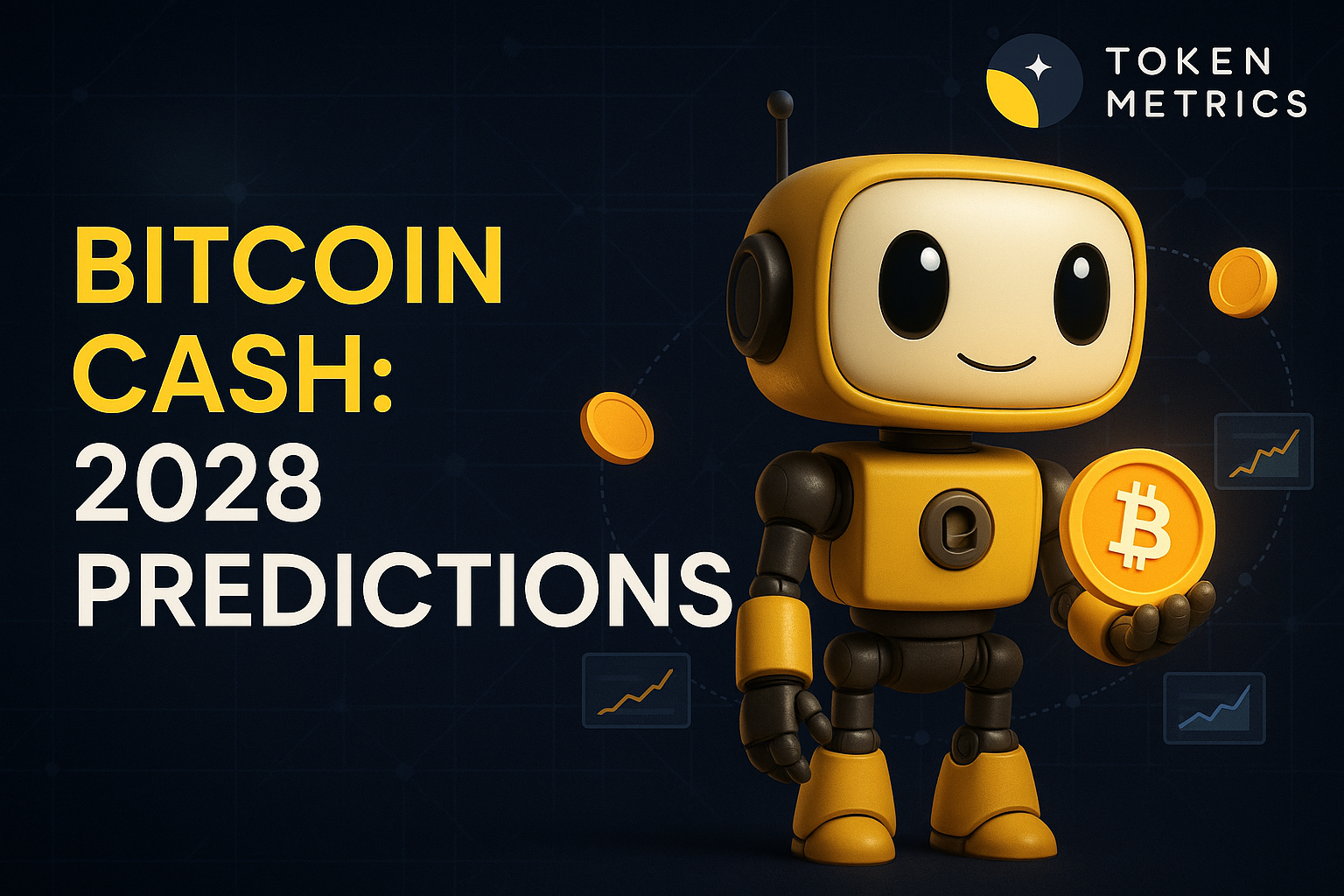

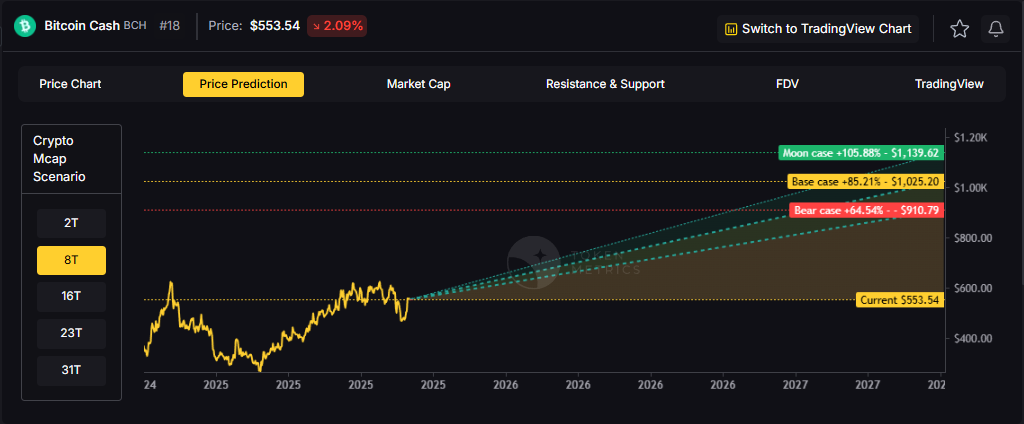


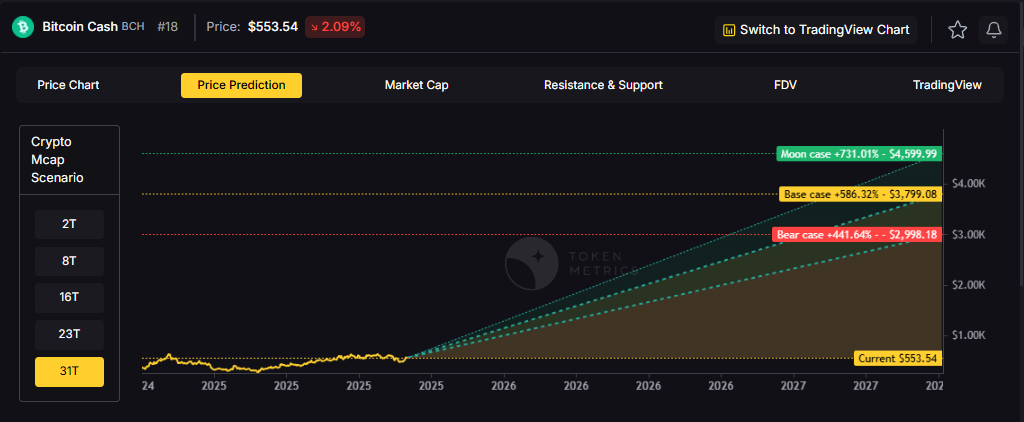



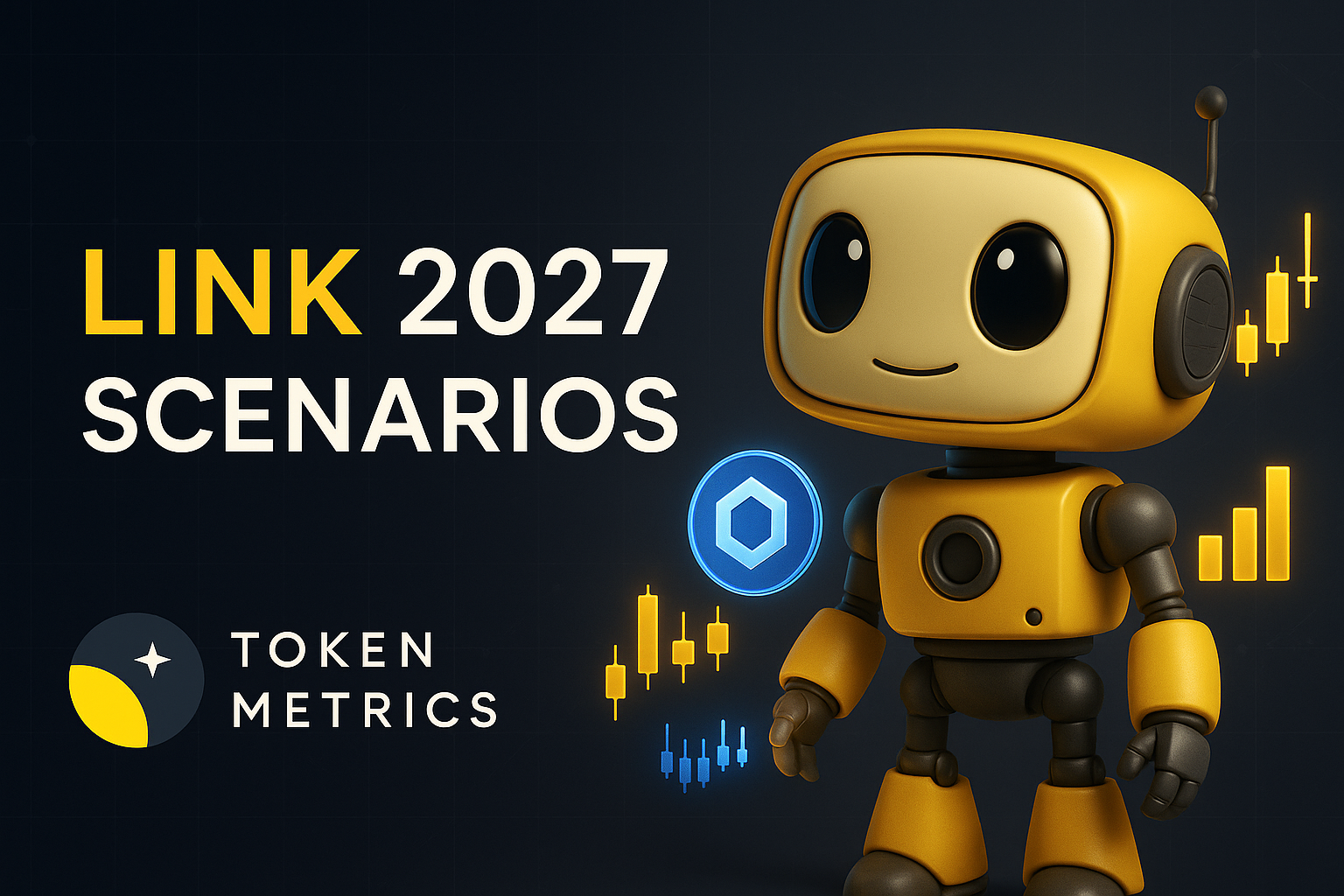

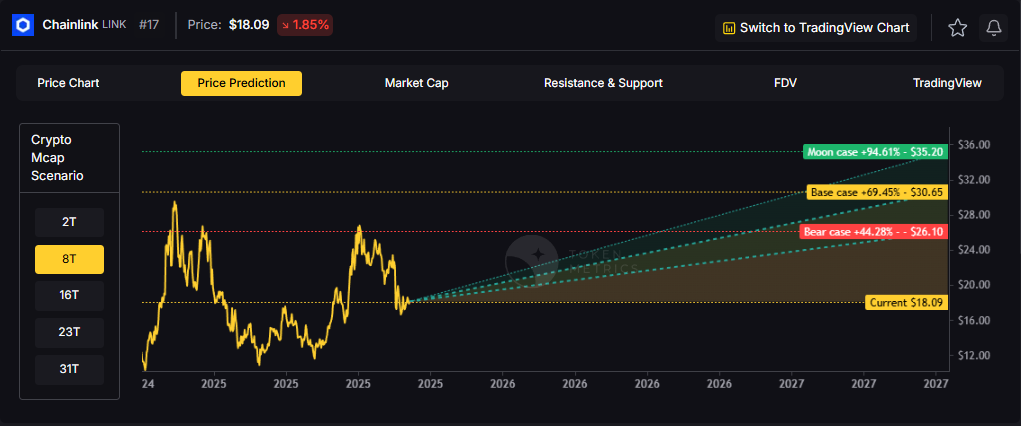
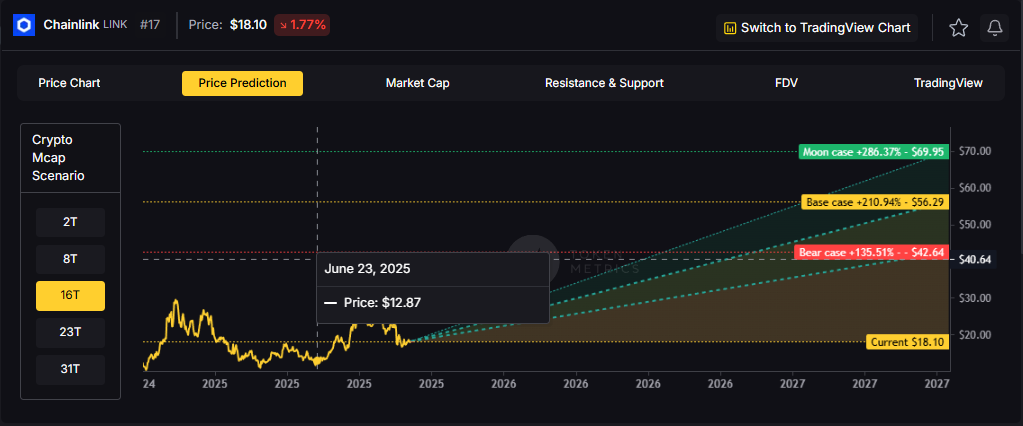

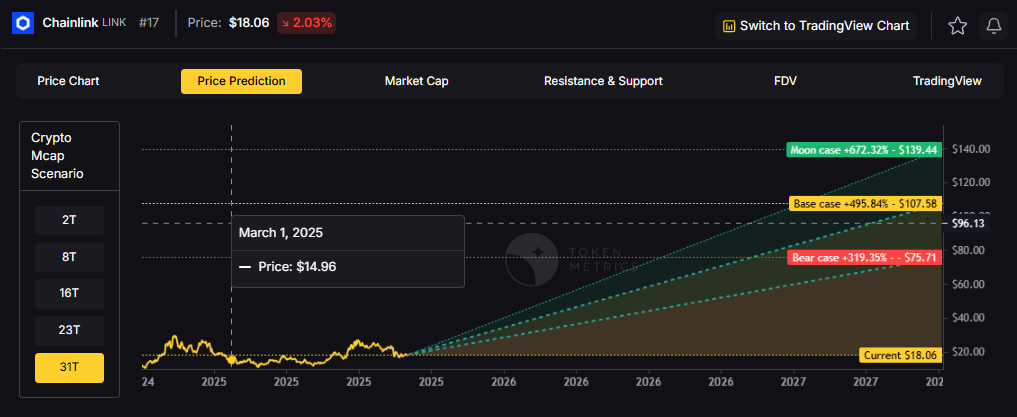
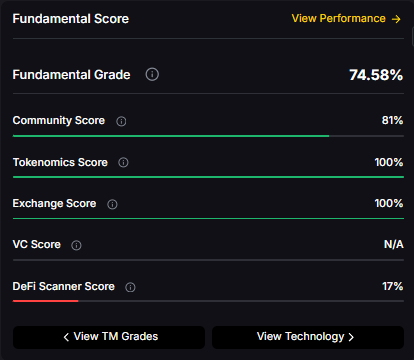



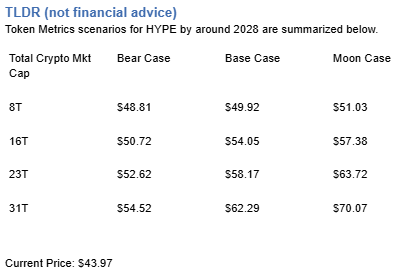



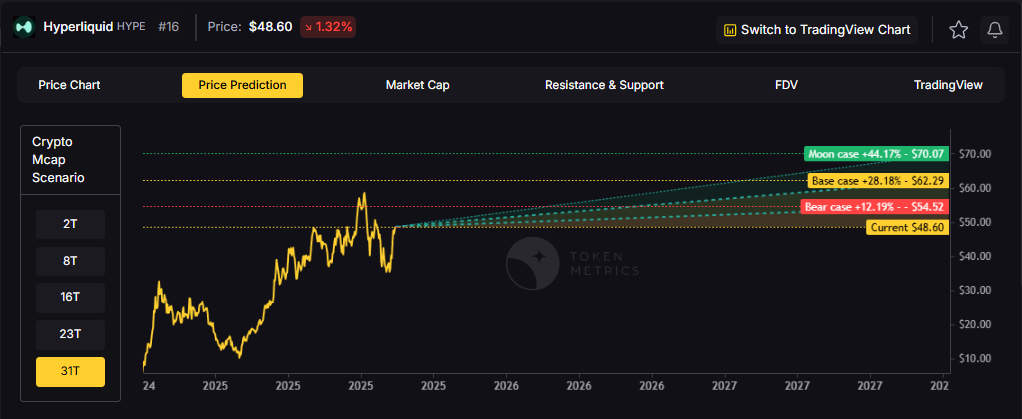




.svg)




.png)